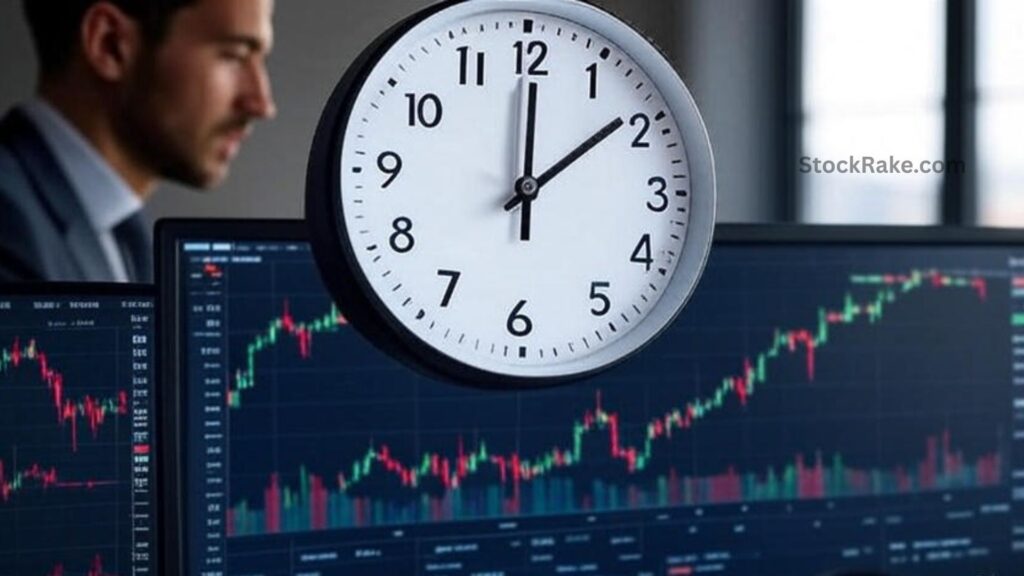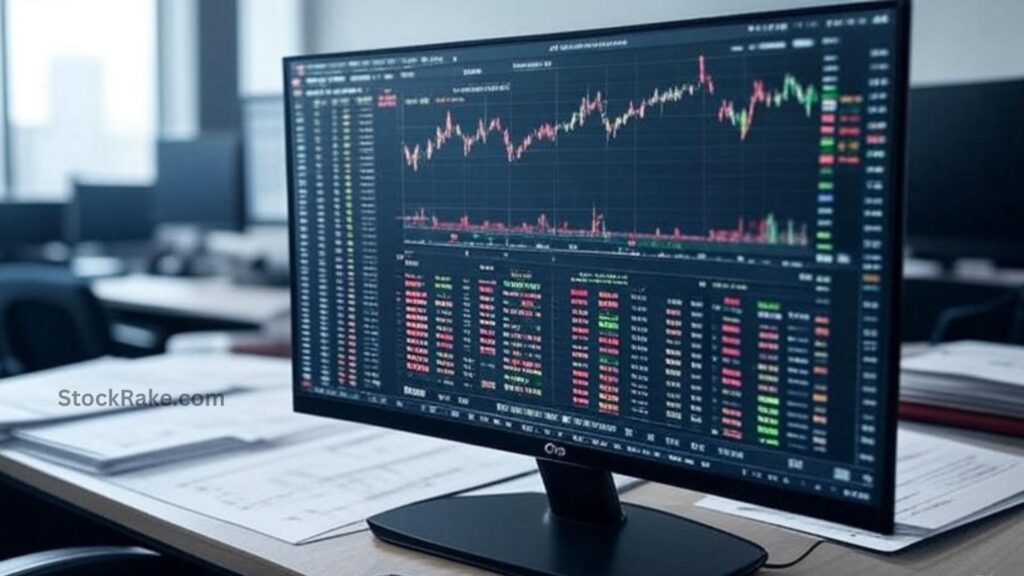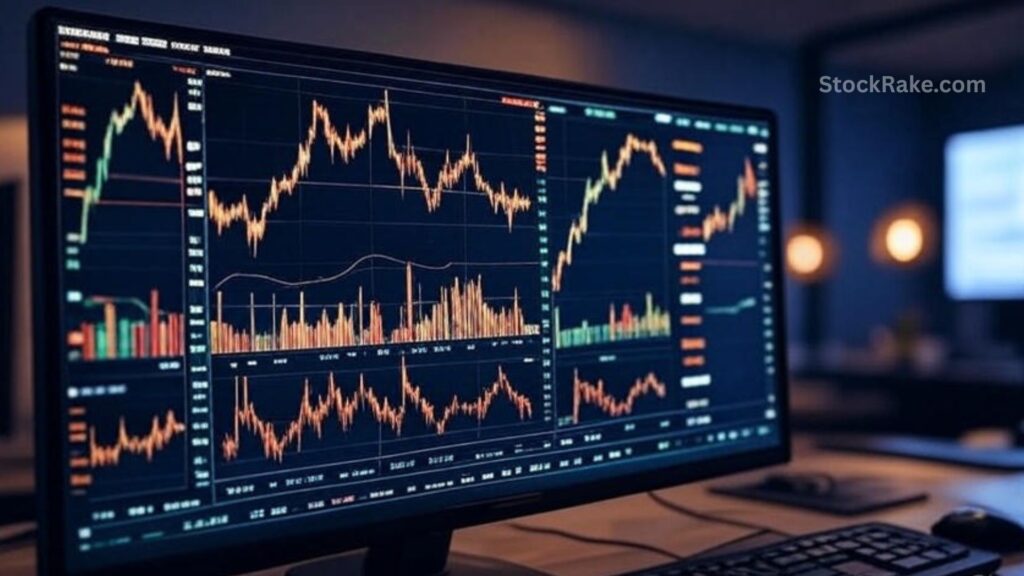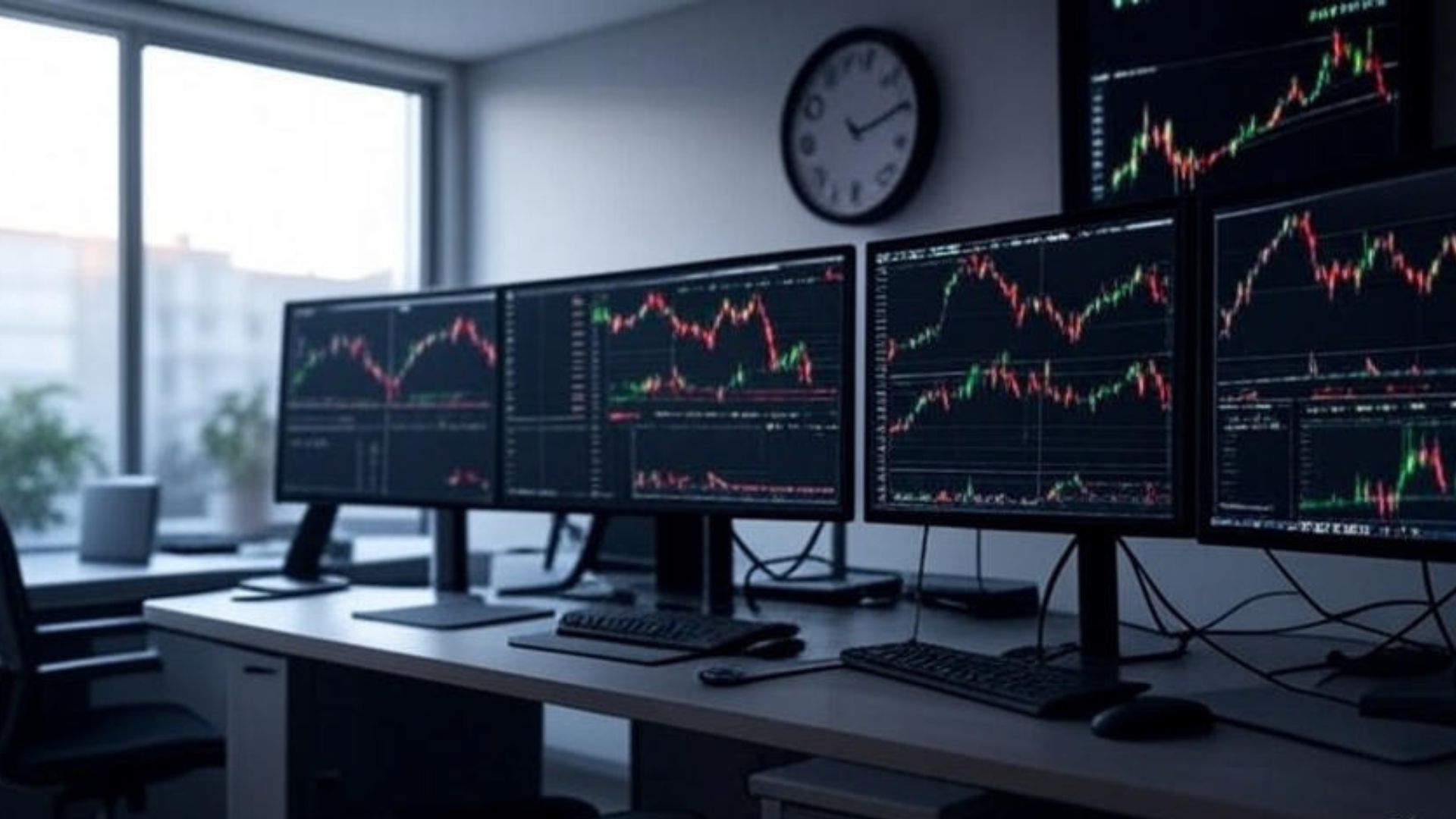In intraday trading, timing is everything. Knowing when to enter and exit the market can make a big difference in your results. This guide will walk you through the best times to trade, key strategies, and what to keep in mind to help you trade smarter and potentially make more profit.
From the fast-paced action in the morning to the slower afternoon sessions, we’ll help you understand how to make the most of your trading hours.
What Is Intraday Trading Time?
Intraday trading time refers to the period when traders buy and sell within the same trading day. In India, the intraday trading window runs from 9:15 a.m. to 3:10 p.m.

If you place an intraday order and don’t close it manually, your broker will automatically square off the position around 3:15 p.m.—and you might be charged a small square-off fee for that.
Why Intraday Close Time Is Important
The intraday close time is when the day’s trading officially ends. This time matters because:
- All intraday positions must be closed before it.
- It helps traders make final decisions for the day.
- The last hour can be more volatile and affect prices due to increased buying or selling activity.
So, knowing when the session ends is key to managing trades wisely.

Also Read: What’s the Right Asset Allocation by Age?
Different Time Blocks in a Trading Day
Although there’s no single “best” time for intraday trading, the trading day can be divided into different phases—each with its own behavior and potential opportunities.

1. Early Morning (9:15 a.m. – 9:45 a.m.)
- This is the most volatile part of the day.
- Overnight news and global events get priced into the market during this time.
- It’s exciting but risky—not ideal for beginners.
2. Late Morning (10:00 a.m. – 11:30 a.m.)
- The market usually settles down.
- Trends begin to form and prices become more stable.
- Many traders prefer this time to plan and place their trades.
3. Afternoon (12:00 p.m. – 2:30 p.m.)
- Markets are often calmer.
- Traders may book profits or adjust positions.
- Some trades are triggered by global news or economic updates.

Also Read: Should You Follow Warren Buffett’s Portfolio Moves?
4. Last Hour (2:30 p.m. – 3:30 p.m.)
- This can be a high-risk period.
- It’s better to close positions rather than open new ones.
- Sudden moves are common as traders rush to wrap up.
Understanding Chart Time Frames
Besides knowing when to trade, it’s also important to know what kind of chart to use. Different time frames help you see different levels of market activity.

Common chart time frames for intraday trading:
- 5-minute charts – For quick trades and scalping
- 15-minute charts – Popular for most intraday strategies
- 1-hour charts – Useful for spotting broader trends within the day
Tips to Stay Safe While Day Trading
There are no strict rules in intraday trading, but here are a few smart practices—especially if you’re just starting out:
- Avoid trading in the first 15 minutes after the market opens.
- Decide your trade exit time in advance.
- Be cautious near market closing time.
- Use time-based stop-losses to limit your risks.
Intraday Trading for Commodities
Trading commodities like gold, crude oil, and agricultural products comes with its own timing and risks.

Things to consider:
- Global markets: Commodities often follow global trading hours, not just local ones.
- News impact: Events like economic updates, political developments, and weather changes can cause big price swings.
- High volatility: Be prepared for sudden price movements, especially during key news events.
Best Times to Trade (General Guidelines)
There’s no perfect time to trade, but here’s a general idea of what works for different types of traders:

Also Read: How to Use Moving Averages to Time Your Trades
- Early Morning: Good for experienced traders who can handle volatility and move quickly.
- Mid-Morning: Ideal for most traders—market stabilizes and trends start forming.
- Afternoon: Lower volatility makes it better for cautious or conservative traders.
- Before or After News: Keep an eye on scheduled announcements. These can create huge price moves and short-term opportunities.
Final Thoughts
Intraday trading is all about timing, strategy, and staying alert. By understanding how the market behaves at different times of the day and choosing the right tools (like chart time frames), you can improve your decision-making and trading performance.
If you’re new to day trading, start slow, follow the market’s rhythm, and focus on learning before chasing profits. Good timing, after all, can turn a decent trade into a great one.

